Pickleball players are now more focused on their health and performance than ever before. Whether you're a casual weekend player or pushing for competitive levels, staying fit and eating right can seriously boost your game. From smart pickleball workouts to protein supplements, a well-rounded approach helps players avoid injuries and stay agile on the court.
Stay Active and Perform Better as a Pickleball Player
Pickleball players thrive when their fitness and diet are aligned with the sport's demands. Pickleball involves fast footwork, sharp reflexes, and constant movement. A consistent fitness routine combined with a solid nutritional foundation supports longer rallies and better on-court stamina. When you train your body with purpose and fuel it properly, your pickleball game improves naturally.
Core Fitness Pillars for Pickleball Players

Focusing on endurance, rotational strength, and core balance can significantly improve agility, power, and stability on the court.
Building Your Endurance Base
Endurance helps pickleball players maintain energy during long rallies and back-to-back games. Simple cardio like jogging, cycling, or brisk walking three to four times a week can build this base. The goal is to boost heart health and keep you feeling fresh all game long.
Power of Rotational Strength
Rotational strength supports powerful swings and better shot control. Exercises like Russian twists and cable rotations target these movements. Building this type of strength helps you move fluidly and hit harder without straining your body.
Enhancing Core Balance
A strong core keeps pickleball players stable during sudden side-to-side movements. Planks, single-leg holds, and stability ball work are great for improving balance. This reduces the risk of falls and improves reaction time on court.
Sharpening Reflexes
Pickleball is all about quick responses. Practicing hand-eye coordination drills like reaction ball toss or agility ladder steps sharpens reflexes. Over time, your body reacts faster to volleys, smashes, and unexpected shots.
Designing Your Pickleball Strength Program
A well-structured strength program enhances performance and reduces injury risk. Focusing on sport-specific exercises ensures functional gains on the court.
Assess Your Current Fitness Level
Before diving into a full routine, understand your current strength and flexibility. This helps you avoid overtraining and track progress. A quick mobility test and a few bodyweight exercises can show where to start.
Prioritize Pickleball-Specific Muscles
Focus on the muscles used during gameplay—legs, shoulders, and core. Squats, lunges, and shoulder presses are solid choices. These movements improve speed, control, and the ability to hold steady positions.
Include Functional Movements
Functional training mimics real-game actions, making it ideal for pickleball players. Movements like step-ups with rotation or medicine ball slams improve coordination and full-body strength. They prepare your body for actual court performance.
Use Resistance Bands and Dumbbells
Simple gear like resistance bands and dumbbells makes training more effective. They're easy to use at home and help build muscle in a controlled way. Plus, they reduce injury risks while improving strength.
Unlock Full Motion: Flexibility Focus
Flexibility and mobility are essential for pickleball players aiming to enhance performance and prevent injuries. Incorporating targeted stretching routines can improve range of motion, agility, and overall court movement.
Role of Mobility in Pickleball
Mobility significantly influences your ability to move efficiently, reach for shots, and maintain proper form during gameplay. Without adequate mobility, you may experience stiffness or limitations in movement. Incorporating mobility drills into your routine enhances reach and overall fluidity on the court.
Dynamic Stretches Pre-Game
Dynamic stretching warms up muscles before play. Moves like leg swings, arm circles, and walking lunges get the blood flowing. They also help prevent muscle pulls and boost early game performance.
Static Stretches Post-Game
After your match, static stretches help muscles recover and reduce soreness. Simple hamstring or quad stretches held for 20–30 seconds work well. This practice keeps your body flexible and ready for the next game.
Benefits of Yoga for Pickleball Players
Yoga for athletes blends strength and flexibility, making it great for pickleball fitness. Poses like downward dog or warrior stance improve range of motion. A short yoga session a few times a week can improve balance, calmness, and court readiness.
Nutritional Strategies for Pickleball

Proper nutrition is essential for pickleball players aiming to enhance performance and recovery. By focusing on strategic fueling, hydration, and post-match nutrition, you can maintain energy levels and support overall health.
Pre-Match Fueling Strategies
Consume a light meal rich in complex carbohydrates and a moderate amount of protein, approximately 1–2 hours before playing. Options like a banana with peanut butter or a small bowl of oatmeal provide sustained energy without causing discomfort. This approach ensures steady energy levels, mental focus, and optimal performance throughout your pickleball match.
Hydration: Key to Performance
Dehydration can rapidly diminish your energy and focus during play. To prevent this, drink water consistently before, during, and after matches. In hot conditions or extended games, incorporating a sports drink with electrolytes helps maintain fluid balance and prevents cramps.
Post-Match Recovery Nutrition
After playing, your muscles require a combination of protein and carbohydrates to repair and replenish energy stores. Consuming a smoothie, Greek yogurt with fruit, or a simple protein bar within 30 minutes post-match aids in recovery. This timely nutrition helps reduce muscle soreness, restore glycogen levels, and prepare your body for future games.
Smart Supplementation: Protein and More

Supplements can fill the gaps when food isn’t enough. Pickleball players benefit from targeted supplements that support endurance and recovery.
Athlete Series Whey Protein
Whey protein aids in muscle repair and supports growth, making it ideal after workouts or matches. Opt for a clean, third-party tested whey product to ensure quality and effectiveness. Consuming whey protein within 30 minutes post-exercise can accelerate muscle recovery and promote protein synthesis.
Creatine
Creatine enhances short bursts of strength and aids recovery, beneficial for intense rallies and training sessions. It also supports cognitive function and may help reduce muscle soreness. Creatine supplementation can improve high-intensity exercise performance by up to 15%
BCAA
Branched-Chain Amino Acids (BCAA) help reduce muscle soreness and support endurance, making them suitable for extended training periods. They also play a role in preventing muscle breakdown during intense exercise. BCAA supplementation may enhance muscle mass and reduce exercise-induced muscle damage
L-Glutamine
L-Glutamine assists in recovery and supports immune health, particularly useful during frequent play or rigorous training. It may also help reduce muscle damage and accelerate strength recovery. Glutamine supplementation has been shown to improve fatigue markers and reduce ammonia accumulation.
Being a great pickleball player is about more than just time on the court. A strong fitness plan, combined with smart eating and supplements, keeps your body ready for every match. From core workouts and stretching to staying hydrated and fueled, every little effort adds up. Start simple, stay consistent, and watch your game improve day by day.
FAQ
Q1) What is the best diet for pickleball?
A balanced diet with complex carbs, lean protein, and healthy fats supports pickleball performance. Include fruits, veggies, whole grains, and hydration for best results.
Q2) How fit do you need to be to play pickleball?
You don’t need to be super athletic, but having basic fitness helps. Cardio, strength, and flexibility training will help you move better and play longer.
Q3) What is the best exercise for pickleball players?
Core-focused workouts, resistance training, and agility drills are ideal. Combine strength and mobility work to cover all aspects of the game.
Q4) How to build stamina for pickleball?
Do regular cardio like brisk walking or interval jogging, and mix in strength training. Staying hydrated and fueling right also supports stamina.
Beginner-Friendly Pickleball Workout Plan PDF -> Download Now

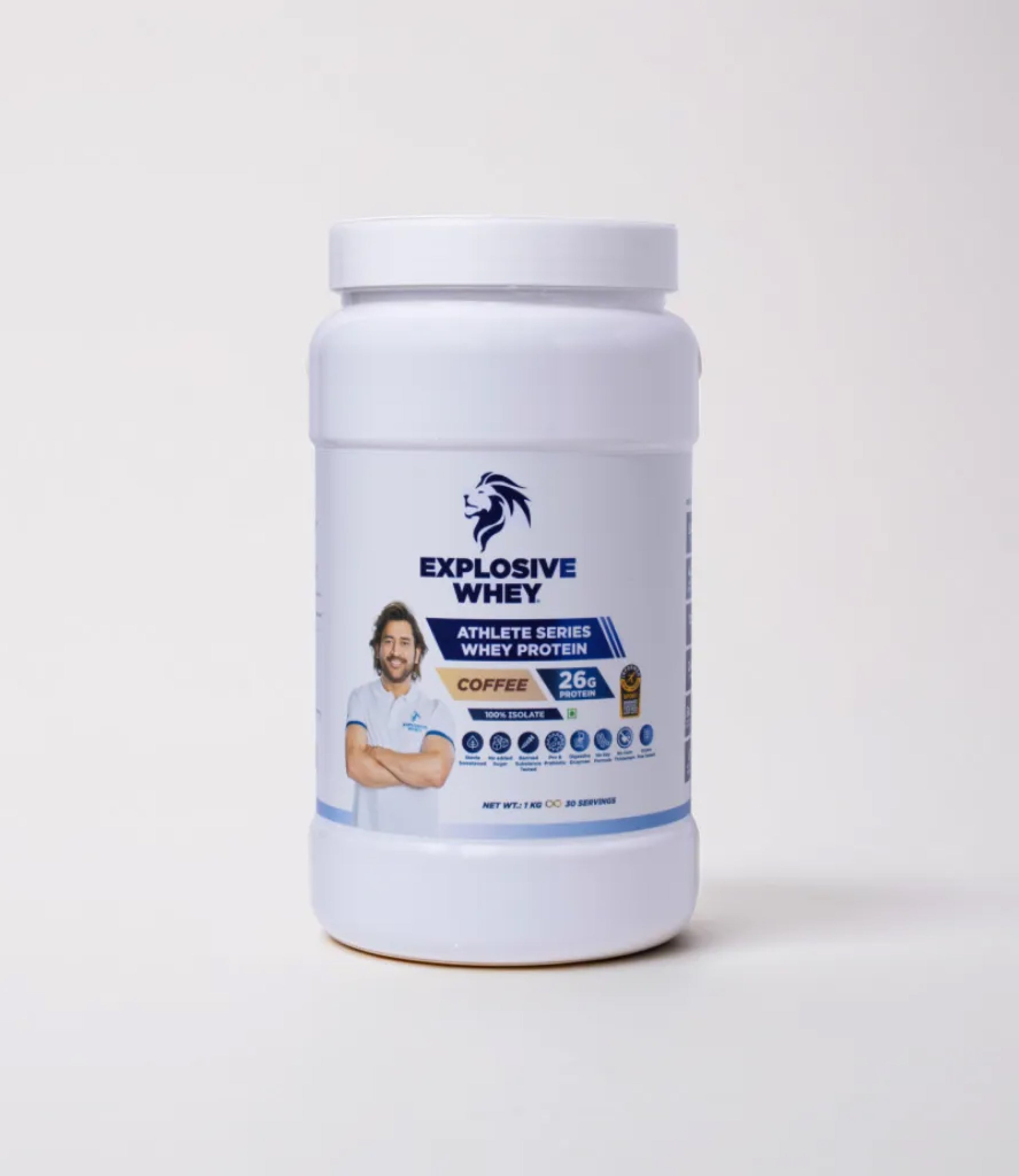
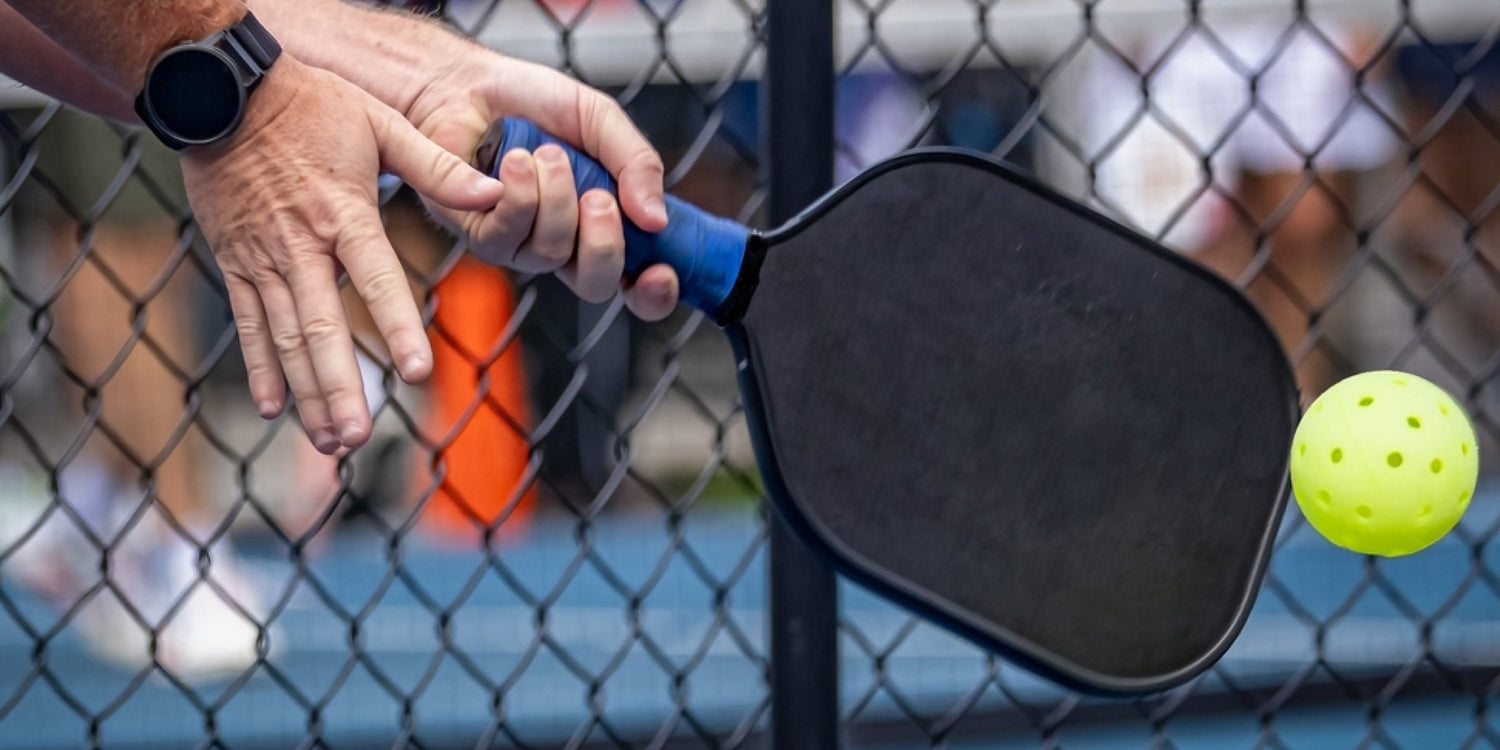
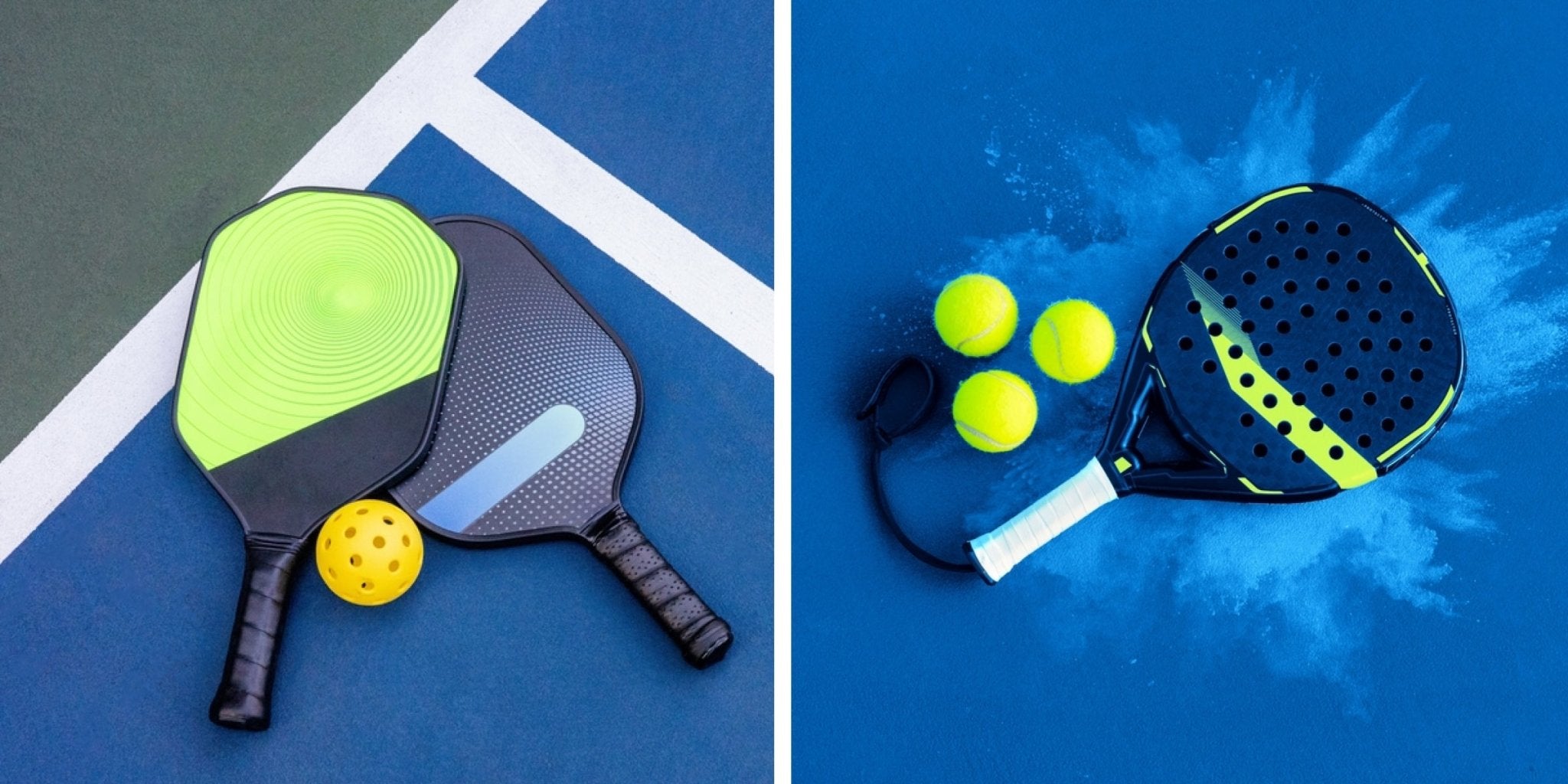
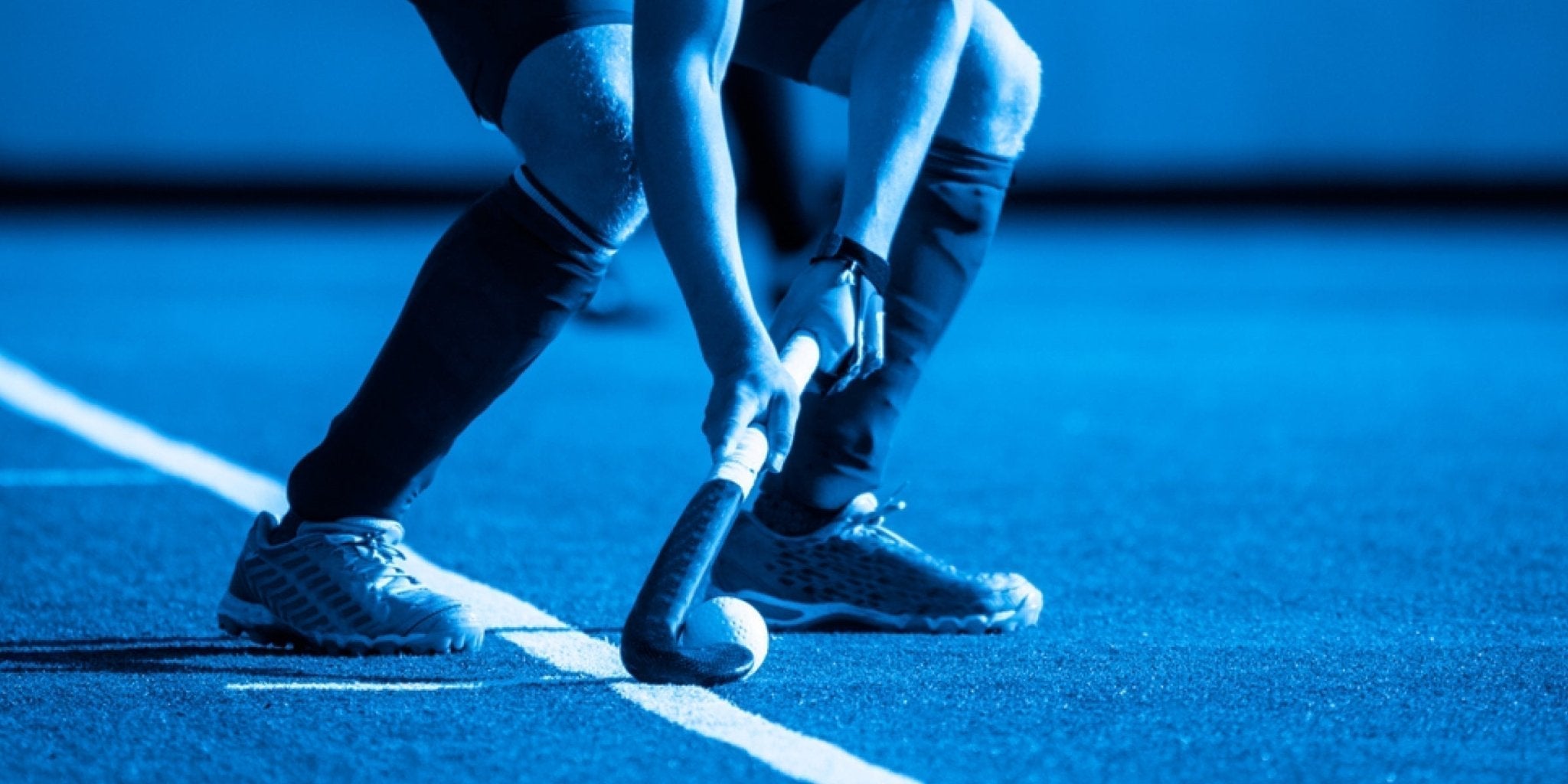



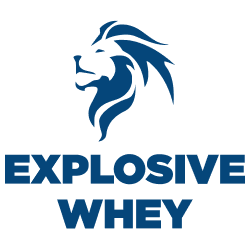
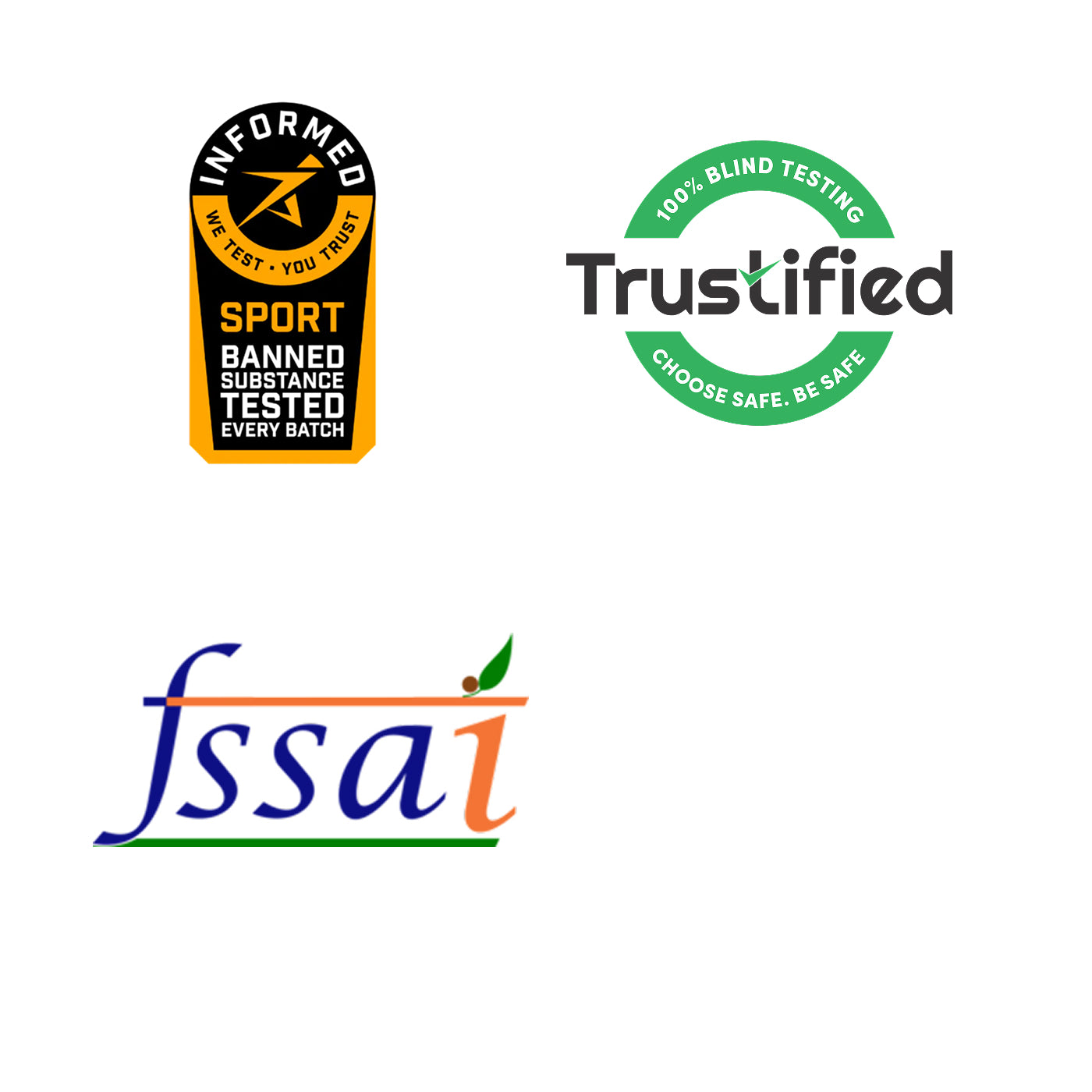
Leave a comment
This site is protected by hCaptcha and the hCaptcha Privacy Policy and Terms of Service apply.